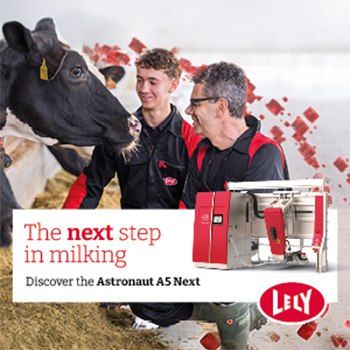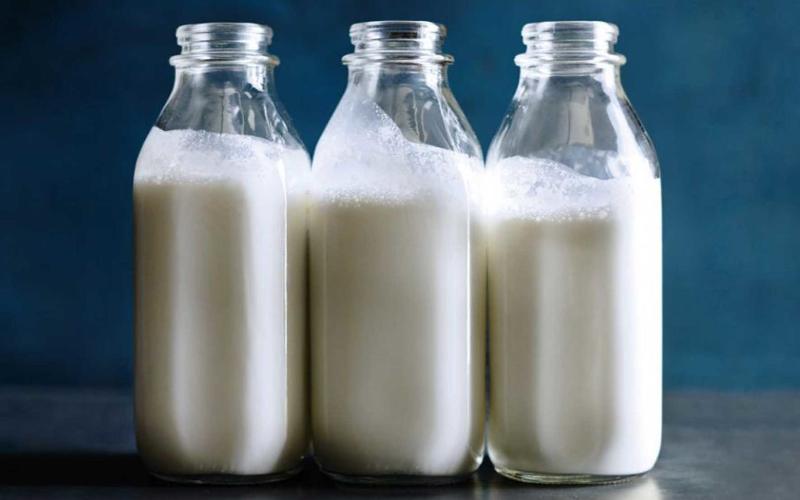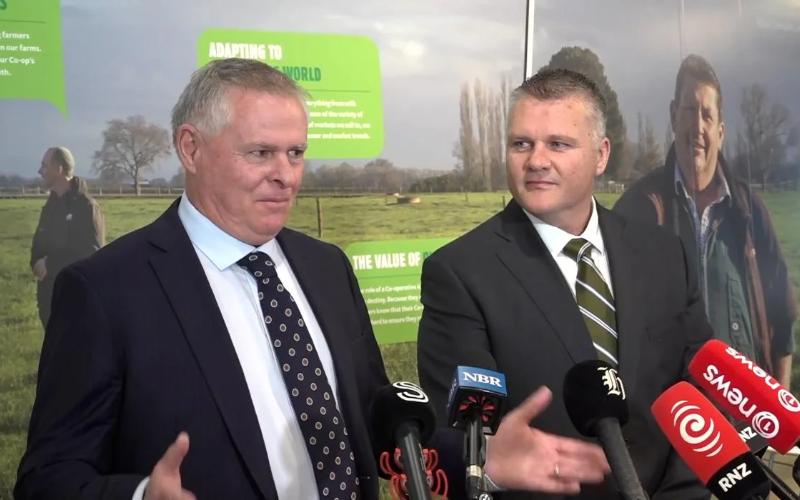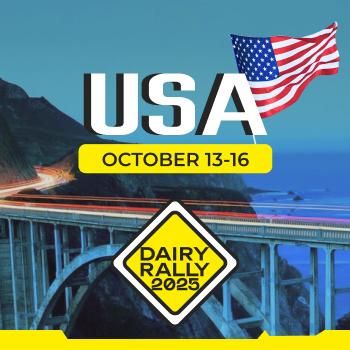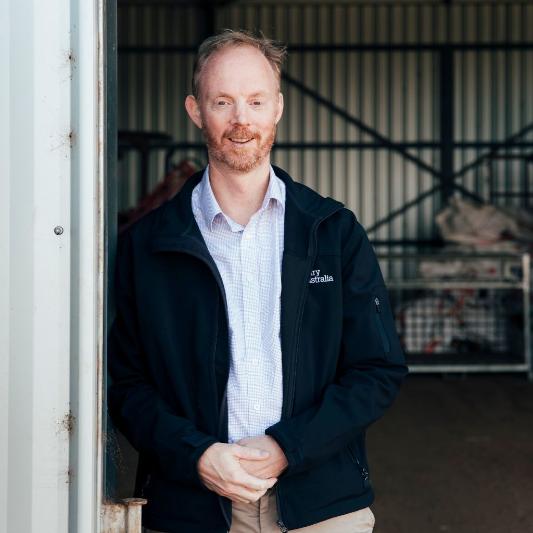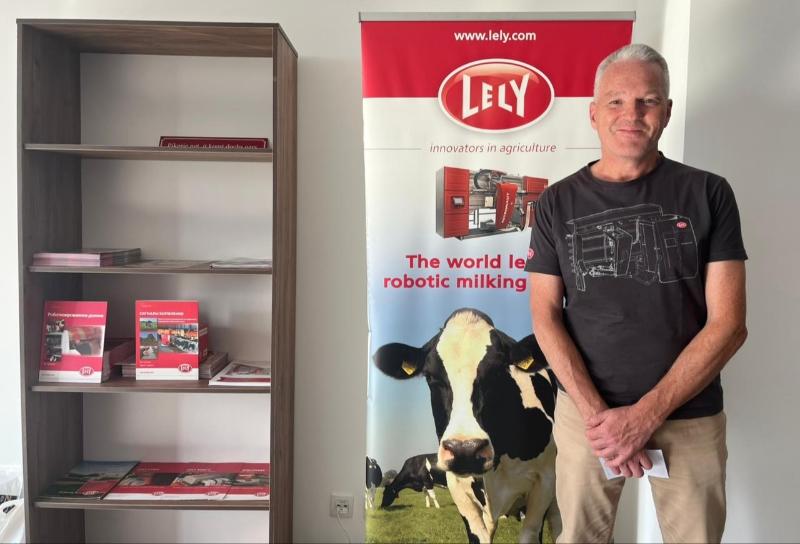Food labeling should include the living conditions of animals and their parents
Sourse: dairyglobal.net
The issue of animal welfare and labeling of food products such as meat, dairy and egg products should be based on scientific data obtained directly from animals, and not only on the conditions of their detention. This is stated by the French Agency for Food, Environment, Occupational Health and Safety (Anses).
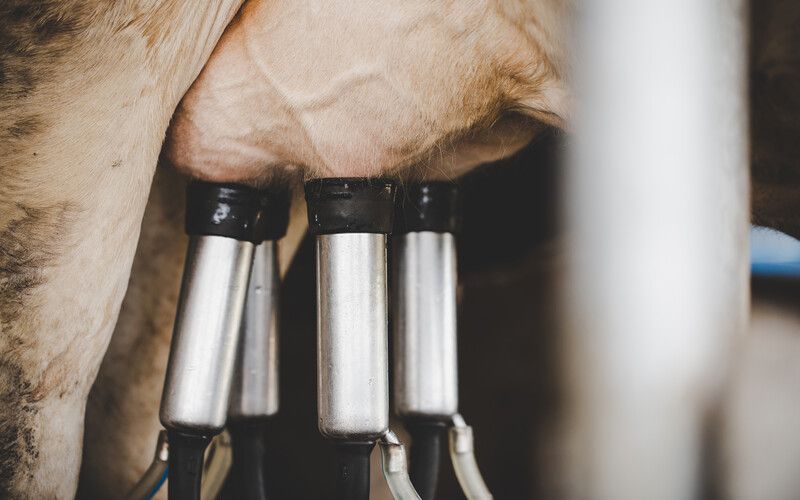
Consumers are increasingly paying attention to the conditions of keeping farm animals fr om which food is produced. Anses makes recommendations regarding the labeling of such products, especially considering the welfare of farm animals. The Agency claims that the implementation of these recommendations will help harmonize current and future labeling systems.
There has been an increase in labeling systems in Europe designed to inform consumers about animal welfare, but the criteria differ and can mislead consumers. The European Union is planning to harmonize this system, and Anses has conducted an expert assessment to create a scientific basis for animal protection labeling.
The Agency offers a system of five levels of welfare (from A to E), wh ere level E meets the minimum requirements of legislation on animal welfare. This classification, which is understandable to consumers, should also gradually motivate producers to take animal welfare into account.
According to Anses, most of the existing animal protection standards evaluate only the methods of keeping and means to improve their conditions, which is insufficient. Therefore, scientists recommend focusing on the state of animal welfare, measured directly on animals.
This system, based on the concept of animal welfare proposed by Anses, should be adapted to various sectors of animal husbandry and developed jointly with stakeholders, including specialists, animal rights defenders and scientists. It should also be transparent and accessible to consumers so that they can consciously choose products, taking into account the living conditions of animals.
"The work carried out is primarily aimed at French and European scientists and stakeholders who plan to develop a reference structure for animal welfare labeling," says Florence Etore, head of the division responsible for assessing animal health risks. and well-being. "This structure should be adapted to each sector or category of animals and developed in collaboration with various players in this sector: animal husbandry specialists, animal welfare associations and scientists."
There has been an increase in labeling systems in Europe designed to inform consumers about animal welfare, but the criteria differ and can mislead consumers. The European Union is planning to harmonize this system, and Anses has conducted an expert assessment to create a scientific basis for animal protection labeling.
The Agency offers a system of five levels of welfare (from A to E), wh ere level E meets the minimum requirements of legislation on animal welfare. This classification, which is understandable to consumers, should also gradually motivate producers to take animal welfare into account.
According to Anses, most of the existing animal protection standards evaluate only the methods of keeping and means to improve their conditions, which is insufficient. Therefore, scientists recommend focusing on the state of animal welfare, measured directly on animals.
This system, based on the concept of animal welfare proposed by Anses, should be adapted to various sectors of animal husbandry and developed jointly with stakeholders, including specialists, animal rights defenders and scientists. It should also be transparent and accessible to consumers so that they can consciously choose products, taking into account the living conditions of animals.
"The work carried out is primarily aimed at French and European scientists and stakeholders who plan to develop a reference structure for animal welfare labeling," says Florence Etore, head of the division responsible for assessing animal health risks. and well-being. "This structure should be adapted to each sector or category of animals and developed in collaboration with various players in this sector: animal husbandry specialists, animal welfare associations and scientists."
Key News of the Week

